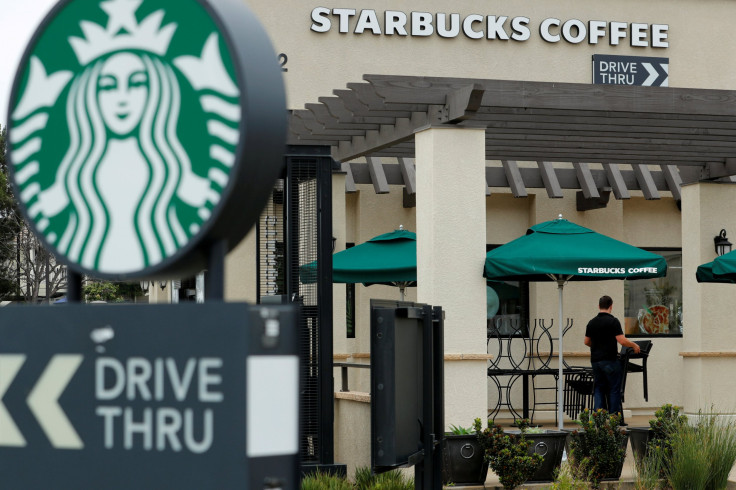Is Starbucks' US Price Increase Funding Growth in China?

Your morning caffeine fix is getting more expensive. Starbucks (NASDAQ:SBUX) recently raised the price of its brewed coffee by $0.10 to $0.20, which brings the price of a tall cup to between $1.95 and $2.15, the second such increase in the same number of years.
This article originally appeared in The Motley Fool.
At first glance, this makes sense for the company as Starbucks has experienced a significant decline in margins. Through the first two fiscal quarters of this year, the company's operating income was 15.6 percent of total revenue versus 18.8 percent in the prior year.
But while the company is experiencing falling margins, store closures, and price increases in the Americas, the company is aggressively building new stores in China. Is Starbucks funding growth in China with United States price increases?
Starbucks is shifting spending from U.S. to China
In no uncertain terms, Starbucks has noted that it expects growth to come from China. In the recently reported second quarter, Starbucks opened 216 net new stores in China/Asia Pacific vs. 187 in the Americas. Note that this is in addition to buying the full rights to its East China joint venture last year for $1.4 billion, which transferred 1,477 stores to the company.
Look for this growth in China to continue: Starbucks expects to increase its total stores in China from 3,300 to 6,000 by 2022. And last December the company opened its Shanghai Roastery, just the second Starbucks Roastery in the world, as the company aims to take coffee-buying up a notch.
While it should be mentioned that the low number of net new stores in the Americas in the second quarter included a large wind-down of Teavana stores, CEO Kevin Johnson recently announced plans to close 150 underperforming U.S. locations in the upcoming year. The company has about 17,000 stores in the Americas and about 28,000 overall.
Given the price increase in the U.S. and the expansion in China, it looks like American customers are paying for growth in China. And while that's partially true, it's an incomplete picture.
Capital versus margins
The quick answer is that capital is fungible and profit made in the United States can quickly be converted to yuan to invest in China. American consumers are funding the China buildout on some level, as are Starbucks customers across the world, including in China.
However, the margins are telling us the U.S. price increases are most likely to keep American operations' profitability at an acceptable level. Through the first six months of the fiscal year, operating margins in the Americas segment fell 1.6 percentage points, from 23.1 percent to 21.5 percent.
The result was the company reported less operating income this year than last in the segment, even with 7 percent year-over-year revenue growth. The biggest change in the expense structure was sales mix, or customers buying less-profitable products, which accounted for 1.2 percentage points of the decrease.
When asked about the price increase, the company noted it had increased prices 1 percent to 2 percent per year in the past year, which it notes is on par with the industry. Considering the price of brewed coffee was raised significantly higher than those figures, it stands to reason brewed coffee was one of the unmentioned negative food mix items.
Although it should be noted that Starbucks' China/Asia Pacific operating margins fell 2.2 percentage points during the same period, which was mostly due to the East China acquisition. Management expects China to be margin accretive excluding the acquisition.
Investors should be hopeful
For Starbucks, China has the hallmarks of a perfect market. While much has been made of the country's population — at 1.2 billion people, China is the world's most populous country — the rapid buildout of the middle class is the real story. The Brookings Institution estimates that by 2020 China will surpass the United States in middle-class consumption, taking the No. 1 position in global spend. Starbucks' early entrance into this market could pay (literal) dividends for decades. There are already signs Starbucks is tapping into this trend, as the Shanghai Roastery instantly became its highest-grossing location.
There certainly are risks. Starbucks faces an uphill battle increasing coffee consumption in China. Johnson noted the current coffee consumption in China is 0.5 cups/person per year versus 300 cups/person in the United States.
For U.S. drinkers, the price increase most likely has little to nothing to do with the Chinese buildout. However, if you're also a long-term shareholder you have to be encouraged with the company's early success in this critical market.
Jamal Carnette, CFA has no position in any of the stocks mentioned. The Motley Fool owns shares of and recommends Starbucks. The Motley Fool has a disclosure policy.




















